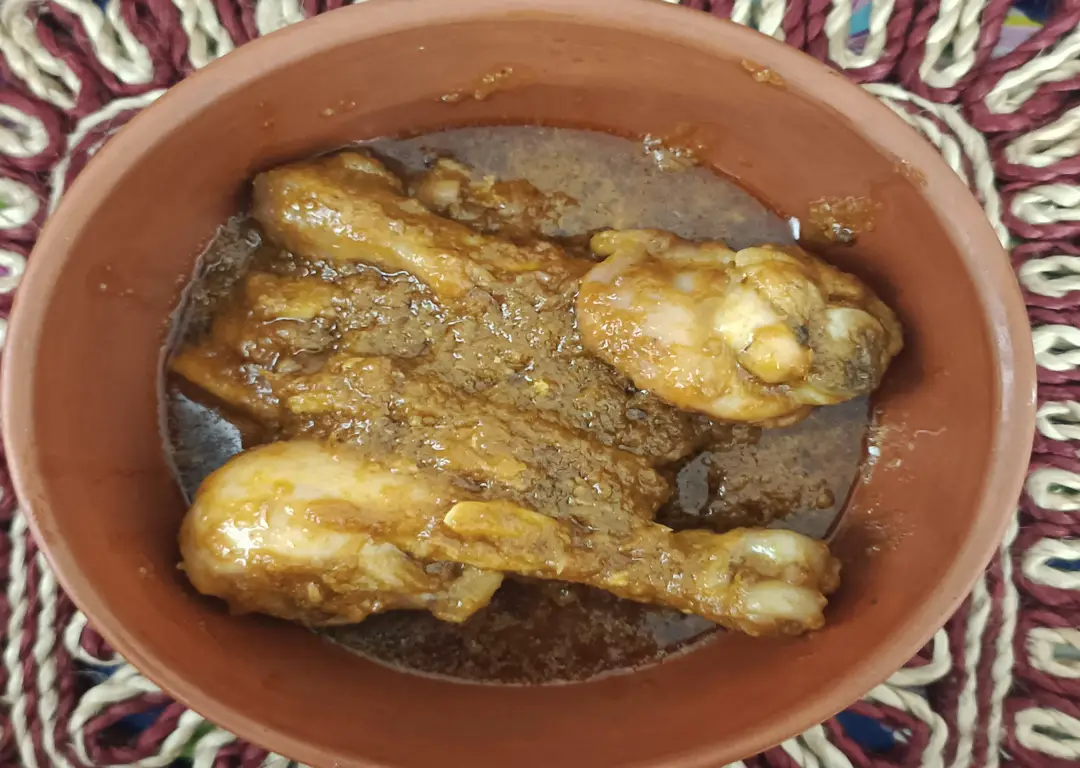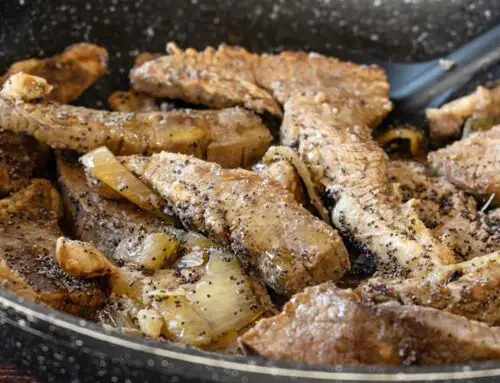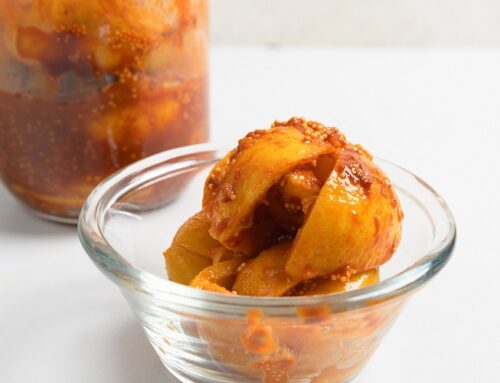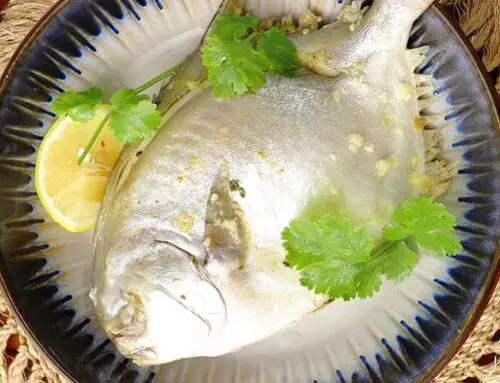Some dishes’ names just make sense. Just the name itself tells you what you are going to eat or at least give an idea about the flavour or type of dish it is. Like Shorshe Murgi/Mustard Chicken, Niramish Torkari / Mixed vegetable, Prawn in peanut, Tok Begun – all of them give an idea about what they are.
Then there is today’s dish, Korai Chicken. For the love of me I cannot make sense of the name. I thought it was a style of cooking, like Mazban or Kalabhuna. So I searched the internet as one would. And my conjecture was kind of right as in you can cook other types of meat, specifically beef and mutton, in “Korai” style. It is aptly named Korai Gosht (Gosht means red meat). I found one video saying that the dish originated from Punjab and is quite popular in India and Pakistan. But I guess the dish never caught up in the Bengal region and thus I was unaware of its existence.
Though I found the origin of the dish, I could not pinpoint why it is named Korai Gosht or Chicken. Korai (wok) is just a bowl used for cooking. You can cook a lot of things in a wok/korai, so why aren’t they all named Korai (insert the name of the food being cooked)? If any of you readers know the origin behind the name, I would love to hear the story.
Now all this pretext should tell you that I have no idea what Korai Chicken is, I had never had it my life before, and the herculean task of cooking it is something I did not want to face. So Lima Apu had no choice in the matter and she’s the one that cooked this. And well even she did not know why the dish is called Korai Chicken.
Before talking about the cooking procedure, I’d like to tell you that this is a Bhuna chicken dish. Meaning the curry is more dry-roasted with all the spices. So if you are looking for a chicken dish with more Jhol (more curry-soup ish) then this is not it. But I am someone who prefers Bhuna over Jhol. So if you do not care about Jhol/Bhuna, then I highly recommend trying this dish out. It is nothing like the usual Chicken Bhuna.
The difference between normal Koshano Bhuna Chicken and Korai Chicken lies both in the ingredients and cooking process. Normally chicken is cooked by first adding all the spices in oil on a pan. Then the chicken is added and cooked normally (I don’t know the recipe properly, look it up for more details).
Now in Korai Chicken, the chicken has to be first marinated. Hence the long preparation time. And you have to separately boil tomatoes. The marinated chicken and boiled tomatoes are to be added to the oil and then cooked.
So boiling the tomatoes is an additional step you have to do for Korai Chicken. This gives the dish a strong and distinct taste of tomato. In Bhuna Chicken you can add tomatoes, it is sometimes cooked in my house even. But the taste is quite different. In normal Bhuna the taste of tomato (if added) is usually not the front runner. But in Korai Chicken (and other Korai Gosht as well) the flavor of tomato is the main character, alongside the chicken.
But the most surprising change of ingredient for me was the absence of onion. I have previously seen fish curry being cooked without onion. My own grandfather eats fish yet avoids onions with them. Cooking Khichuri, mixed vegetables and even polao without onion is pretty common, especially in the Hindu communities of Bangladesh. But I had never seen meat being cooked without. But after trying it out, I wondered why I hadn’t tasted onionless meat before.
Ingredients
- 500 gm chicken cut into small pieces
- ½ tsp ginger paste
- ½ tsp garlic paste
- ½ tsp coriander powder
- ½ tsp cumin powder
- 1 tsp salt to taste
- 2 pc tomato
- ½ cup cooking oil
- ½ cup coriander leaf
- ½ tsp chopped ginger
- 6 pc green chilli
Instructions
- Marinate the meat with ginger paste, garlic paste, coriander powder, cumin powder , salt and keep it for 2-3 hours.
- Next in a pan add sliced tomato, water, salt and bring it to a boil.
- In a separate pan fry the meat using some oil and add the grinded tomato to it.
- Next add coriander leaf, chopped ginger, green chilli and stir it.
- Ready to serve.
Nutrition







